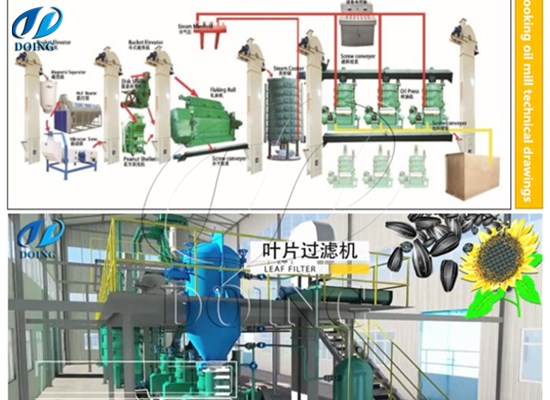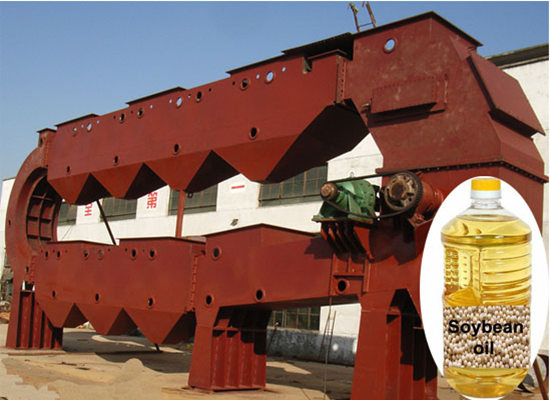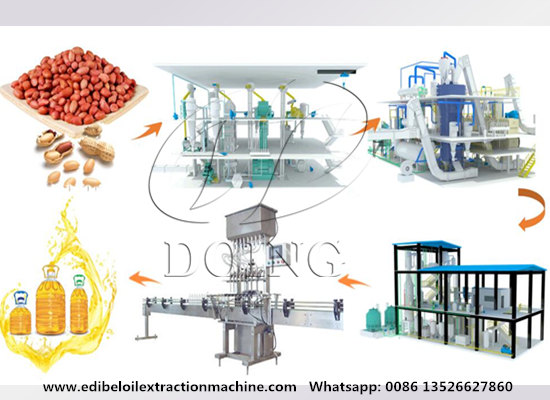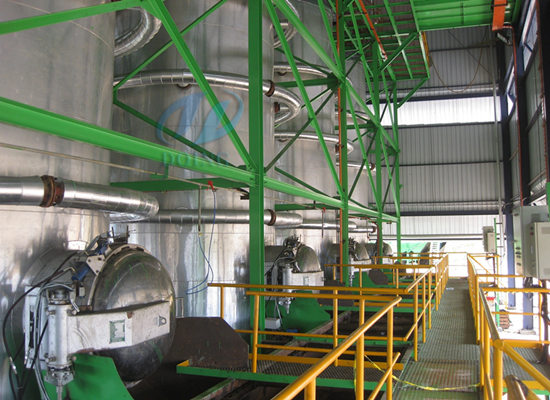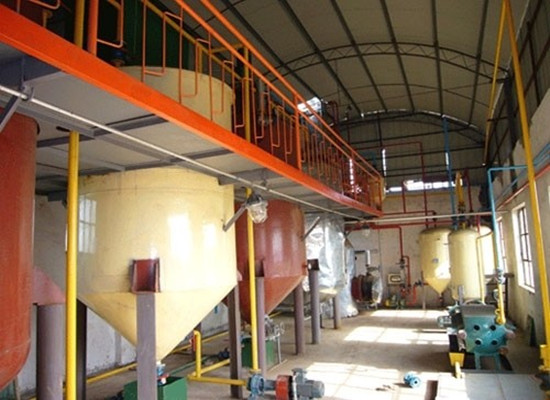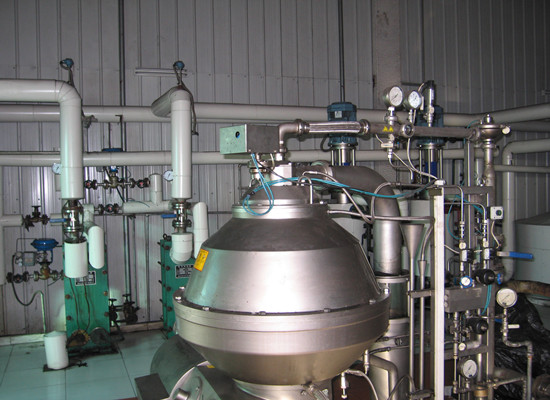Comprehensive guide to soybean oil extraction and refining processes
June 4, 2025 13:48/ FAQ/ leave a messageSoybean oil is one of the most widely used vegetable oils in the world, primarily extracted from soybeans. The soybean oil extraction and refining processes are critical to producing high-quality soybean oil that meets both culinary and industrial standards. This comprehensive guide delves into the various stages involved in soybean oil extraction and refining processes, highlighting techniques and technologies.
1. Soybean Oil Extraction Processes
There are two main processes for extracting soybean oil: mechanical pressing and solvent extraction.
(1) Mechanical pressing:
For Mechanical pressing, it uses a screw soybean oil press or expeller to extract soybean oil from soybeans. This process is typically used for small-scale or organic soybean oil production. Firstly, The soybeans are usually cleaned using cleaning equipment such as vibrating screen, destoner and magnetic separator to remove dirt, debris and foreign matter. This ensures that only high-quality soybeans enter the extraction process. Then the soybeans need to be crushed in a crusher to facilitate the subsequent pressing of the soybeans and speed up the reaction rate. After that, the soybeans enter the conditioning pot for moisture and temperature adjustment. Conditioned soybeans are passed through flaking rolls, which flatten them into thin, uniform flakes. Then the water content and temperature need to be adjusted again by the roaster to make the plasticity and elasticity of the soybeans meet the requirements for pressing. The cooked soybeans are finally sent to the soybean oil press machine for physical squeezing to extract soybean oil. The soybean oil is collected through a filtering process.
 Soybean oil pretreatment machines
Soybean oil pretreatment machines
(2) Solvent extraction:
For Solvent extraction, it is the most commonly used method for large-scale soybean oil production. It involves the use of a solvent (usually n-hexane) to dissolve the oil from the soybeans. Similar to mechanical pressing, soybeans first need to go through a series of pretreatments, such as cleaning, crushing, softening, flaking and cooking. Next you can choose to send the cooked soybeans directly to the solvent extraction equipment to extract soybean oil, or you can first use a soybean puffing machine to expand the volume of the flaked soybeans, then use a chain dryer to dry them and then send them to the solvent extraction equipment to fully mix them with the solvent to dissolve the soybean oil. Then through D.T.D.C system and miscella oil evaporation system, the solvent was separated from oil. At last, condensate the gas state solvent into liquid state, and recover it for recycling use. The obtained soybean oil is then filtered to remove impurities and finally collected.
 Soybean oil solvent extraction line
Soybean oil solvent extraction line
2. Soybean Oil Refining Process
Crude soybean oil contains impurities such as free fatty acids, gums, color pigments, and traces of solvent. Refining is necessary to produce an edible oil that meets quality standards. The soybean oil refining process typically involves the following stages:
 The soybean oil refining process and machine
The soybean oil refining process and machine
(1) Degumming: First, add 85% or 75% food grade phosphoric acid to the crude soybean oil to remove the colloid.
(2) Deacidification: Then add a certain amount of NaOH at a certain concentration to carry out acid-base neutralization reaction, thereby inhibiting the increase of FFA and extending the storage time of soybean oil. After the neutralization reaction, soap stock (soap raw material) will be produced as a byproduct, which can be deacidified after precipitation and discharge.
(3) Decolorization: Bleaching clay or activated carbon is mixed with the oil and filtered out, taking with it contaminants that contribute to color and odor.
(4) Deodorization: Finally, under high temperature of 220-260℃ and certain vacuum conditions, a certain amount of superheated steam is introduced to perform gas stripping on the soybean oil, and deodorization is performed according to the different volatilization points of oil and odorous small molecules.
The above is a comprehensive guide to the soybean oil extraction and refining processes. The soybean oil extraction and refining processes are two complex processes that requires nuanced, advanced technology and strict quality control measures. From cleaning soybeans to producing high-quality soybean oil, each step is critical to ensure that the final product meets the needs of consumers, industry and regulators. If you have other questions about the soybean oil extraction and refining processes or want to know what equipment is needed for soybean oil processing, etc., please feel free to contact Henan Glory Company(with branch and overseas warehouse in Nigeria) and we will arrange professionals to answer your questions!
